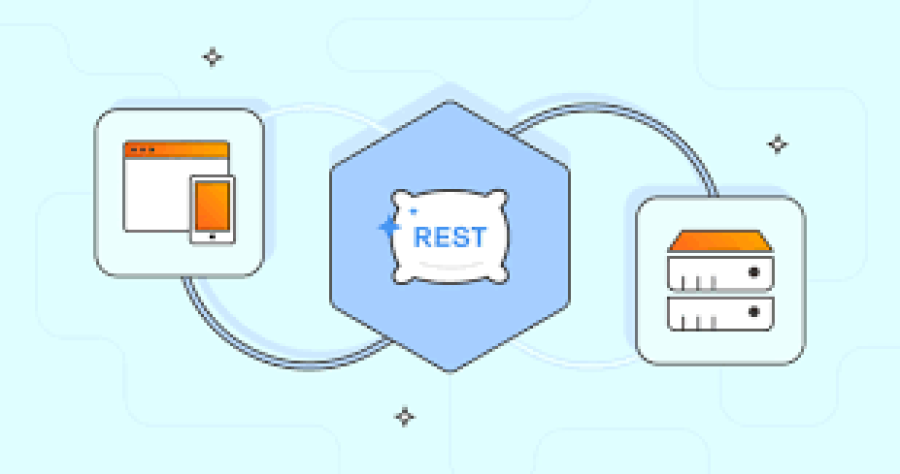The Best Back-End Frameworks for Web Development in 2025
At FreelancerBridge, we understand that selecting the right back-end framework is crucial to building high-performance, scalable web applications. As we approach 2025, developers are faced with an evolving ecosystem of powerful tools that promise improved efficiency, security, and flexibility. In our guide, "The Best Back-End Frameworks for Web Development in 2025," we break down the top contenders that are setting new standards in server-side development. This resource is designed for web developers at all levels—from startups seeking rapid deployment to enterprises in need of robust, scalable solutions—ensuring you have the insights needed to make an informed decision for your next project.
Long Description
The rapid pace of technological change means that web development in 2025 will rely on back-end frameworks that not only handle high traffic and complex data but also integrate seamlessly with modern front-end solutions. At FreelancerBridge, we’ve analyzed the latest trends and key features of today’s leading frameworks to help you stay ahead of the curve. Here’s an in-depth look at the best back-end frameworks and why they matter:
Node.js Ecosystem (Express, NestJS):
Node.js continues to power a significant portion of modern web applications thanks to its non-blocking, event-driven architecture. Frameworks like Express and NestJS are popular choices for their simplicity and scalability.- Key Benefits:
- High Scalability: Efficiently handles numerous simultaneous connections.
- Performance: Asynchronous processing enhances speed and responsiveness.
- Extensive Libraries: A vast ecosystem and active community support rapid development and easy troubleshooting.
- Key Benefits:
Python Frameworks (Django, FastAPI):
Python remains a favorite among developers due to its readability and versatile libraries. Django offers a comprehensive, full-stack solution with built-in security and admin features, while FastAPI is emerging as the go-to framework for building high-performance APIs.- Key Benefits:
- Rapid Prototyping: Django’s “batteries-included” philosophy accelerates development cycles.
- Modern API Design: FastAPI leverages asynchronous capabilities and type hints for efficient API creation.
- Security and Maintainability: Both frameworks emphasize robust security measures and easy maintenance.
- Key Benefits:
PHP Frameworks (Laravel):
Laravel has transformed PHP development by combining elegant syntax with powerful tools that simplify complex tasks.- Key Benefits:
- Developer Productivity: Rich features and a clean syntax reduce development time.
- Comprehensive Ecosystem: A wide array of plugins, libraries, and an active community ensures ongoing support.
- Scalable Architecture: Ideal for projects that require a flexible yet secure back-end.
- Key Benefits:
Java Frameworks (Spring Boot, Micronaut):
For enterprise-level applications, Java frameworks such as Spring Boot and Micronaut provide robust solutions built for high-load environments and stringent security requirements.- Key Benefits:
- Enterprise-Grade Reliability: Designed to support large-scale, mission-critical applications.
- Modular Design: Supports microservices architecture, making it easier to scale and maintain complex systems.
- Proven Performance: Consistently delivers high performance and security across diverse use cases.
- Key Benefits:
Emerging and Cloud-Native Frameworks:
Looking ahead, several new frameworks are leveraging cloud-native architectures and containerization to optimize resource utilization and reduce latency.- Key Benefits:
- Cutting-Edge Performance: Seamless integration with cloud platforms and orchestration tools.
- Cost Efficiency: Dynamic scaling and resource allocation minimize operational expenses.
- Future-Proofing: Designed to adapt to evolving digital landscapes, ensuring long-term viability.
- Key Benefits:
In summary, choosing the right back-end framework for your web development projects in 2025 depends on your specific needs—whether that’s rapid development, robust security, or unparalleled scalability. FreelancerBridge is here to bridge the gap between complex technical options and practical implementation, empowering you to select the framework that best aligns with your project goals and future growth. Embrace the future of web development by leveraging these frameworks to build dynamic, efficient, and secure applications that meet the demands of tomorrow’s digital world.


 by Emily
by Emily




